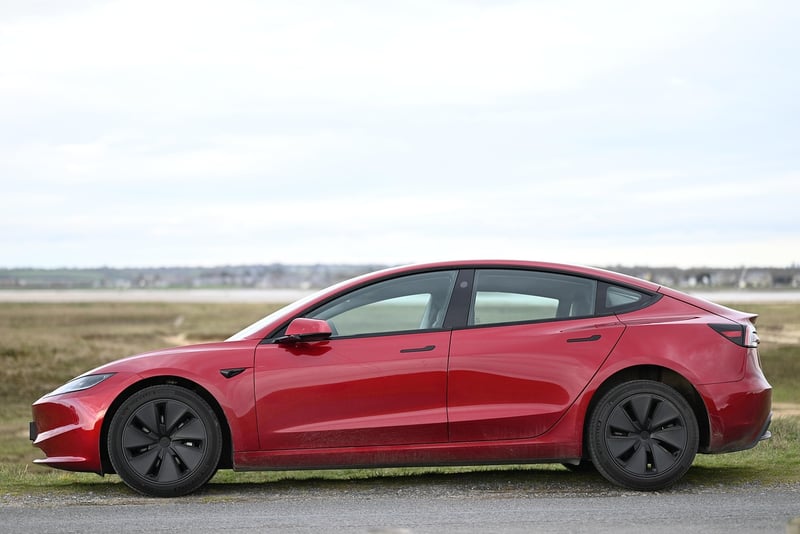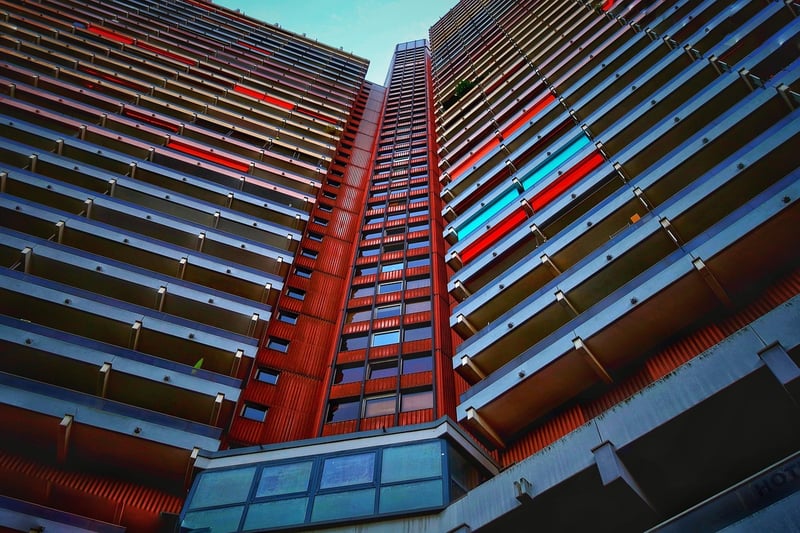Green Facades
Maximizing Vertical Space with Green Facades

When it comes to urban landscapes and architecture, the concept of utilizing vertical space is gaining popularity. One innovative way to make the most of vertical surfaces is by incorporating green facades into building designs. Green facades, also known as living walls or vertical gardens, not only add aesthetic appeal but also offer a range of environmental benefits.
What are Green Facades?
Green facades are vertical surfaces covered with vegetation, typically climbing plants or cascading vines. These living walls can be installed on the exterior of buildings, transforming plain walls into vibrant, natural elements. By harnessing underutilized vertical space, green facades help enhance biodiversity, improve air quality, and reduce the urban heat island effect.
Benefits of Green Facades
- Enhanced Aesthetics: Green facades soften the harsh lines of buildings and create a visually pleasing environment.
- Improved Air Quality: Plants in green facades absorb carbon dioxide and release oxygen, contributing to cleaner air.
- Temperature Regulation: The vegetation on green facades acts as a natural insulator, reducing heat absorption and lowering energy costs.
- Biodiversity Support: Vertical gardens provide habitats for insects, birds, and other wildlife, promoting urban biodiversity.
- Noise Reduction: The thick vegetation of green facades can help dampen noise pollution in urban areas.
Design Considerations
When planning to incorporate green facades into a building design, factors such as structural support, irrigation systems, plant selection, and maintenance need to be carefully considered. Working with architects, landscape designers, and horticulturists can ensure the successful integration of green facades into the overall building environment.
Conclusion
Green facades offer a sustainable and visually appealing solution for maximizing vertical space in urban settings. By merging architecture with nature, these living walls not only benefit the environment but also create healthier and more enjoyable spaces for people to live and work in.
Embrace the green facade trend and witness how vertical spaces can be transformed into thriving, eco-friendly elements of modern architecture.
